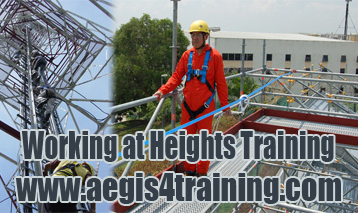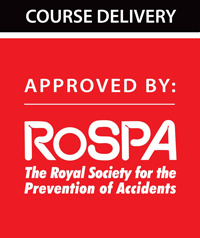
On completion of this course learners should understand:
- How food becomes contaminated
- The impact of food borne illness
- Why food hygiene and safety is important
- Their personal and legal responsibilities
- How to prevent contamination through good hygiene practices
- How to control contamination through safe temperatures and storage
After the course of this module learners will have an understanding of key food safety issues, including the three main types of food safety hazard, their sources and methods of control. Learners will know the correct temperatures needed for storage and food handling activities from delivery through to sale, and be aware of common food pests and how to control them, along with the principles of cleaning and disinfection and how these apply to the workplace.
The sections covered include:
- Impact of Food-Borne Illness
- Personal Hygiene
- Learning Objectives and an introduction to Food Safety and Hygiene
- Understanding Food Law
- Food Safety Hazards and
- Food Preservation, Storage and Temperature Control
- Hygienic Premises and Equipment
Anyone handling food and drink within the catering sector must be trained in Food Safety and Hygiene and apply it to their work. This module is aimed at anyone working in a catering or hospitality environment, whether employed or self employed, who handles food and drink as part of their everyday or occasional working routines. Typically this would include people working in hotels, cafes, bars, restaurants, kitchens, fast food outlets, catering in hospitals, schools and colleges.
This food safety and hygiene module is aimed at anyone working in a role that involves contact with food, or the management of such people; regulations require that anyone involved in food handling must be appropriately trained in food safety. The module can be used either as Induction, Awareness, Refresher and Foundation Training.
Approximately 2-3 hours to complete. As an e-learning module you can complete this training in convenient stages. The system will record your progress throughout.








 Manual handling untoward incidents reached for more than a third of all accidents reported each year to the enforcing authorities. It is estimated that in excess of 500,000 people in Great Britain suffer from a musculoskeletal disorder (MSD) mainly affecting the upper limbs or neck that was caused, or made worse, by their present or previous work.
Manual handling untoward incidents reached for more than a third of all accidents reported each year to the enforcing authorities. It is estimated that in excess of 500,000 people in Great Britain suffer from a musculoskeletal disorder (MSD) mainly affecting the upper limbs or neck that was caused, or made worse, by their present or previous work.
 Work environment hazard and
Work environment hazard and 

